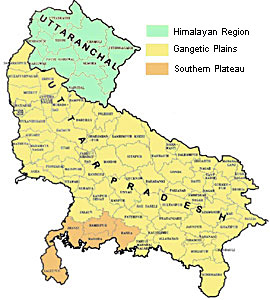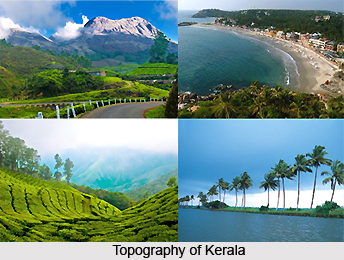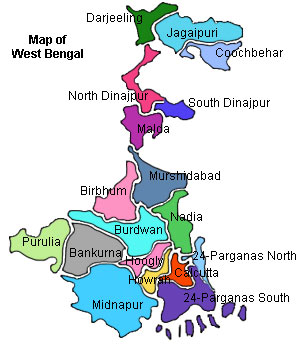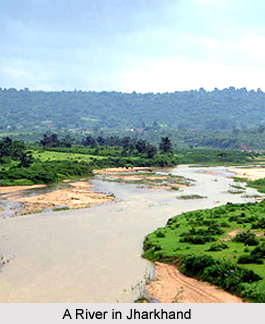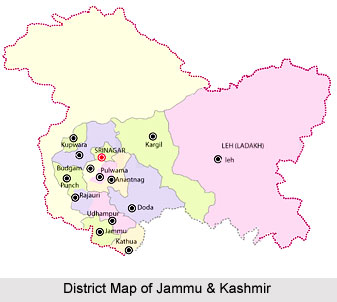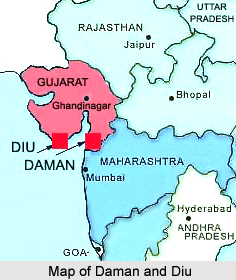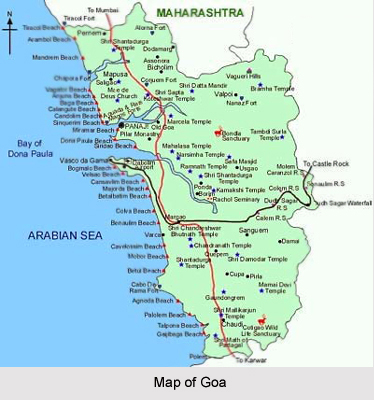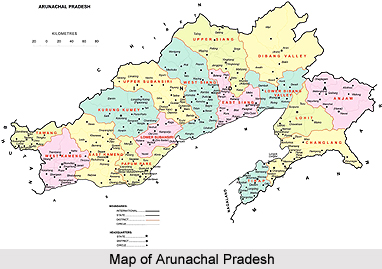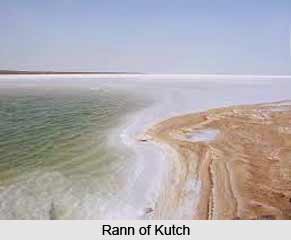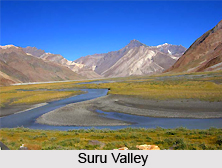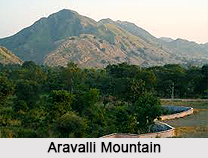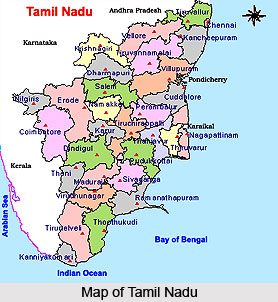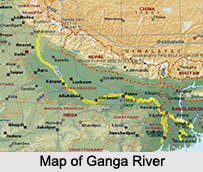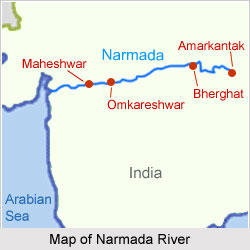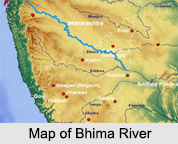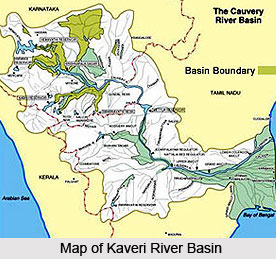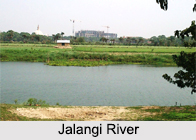 The Jalangi River runs eastward along the Murshidabad-Bangladesh boundary and flows southward along the Murshidabad-Nadia boundary before entering Nadia District. The lower point where Jalangi meets Ganges is known as Hooghly and the course above it from the point of its separation from the main flow of the Ganges to its confluence with the Jalangi, it is called Bhagirathi.
The Jalangi River runs eastward along the Murshidabad-Bangladesh boundary and flows southward along the Murshidabad-Nadia boundary before entering Nadia District. The lower point where Jalangi meets Ganges is known as Hooghly and the course above it from the point of its separation from the main flow of the Ganges to its confluence with the Jalangi, it is called Bhagirathi.
Course of Jalangi River
It is said that the Jalangi River opened up long after the Bhairab River ran as a strong stream in a south easterly direction. The river is a modern stream, which is generally believed to have opened up in the last few 100 years, but there is no direct evidence supporting this claim. This river is known to originate from the Padma River in Bangladesh. It flows through the cities of Krishnanagar, Tehatta and Mayapur. Ghurni, a neighbourhood of Krishnanagar is located on the banks of the Jalangi. While Mayapur, the birthplace of Sri Chaitanya, is located at the confluence of the Jalanagi and Bhagirathi.
The river has one estuary, Bhairab, which once flowed from the Ganges, across the present beds of the Jalangi, and further eastwards towards the district of Faridpur in south-central Bangladesh. There is another river known as the Mathabhanga which is younger than the Jalanji River and has completed its junction with the Hooghly by adopting the Churni River for its main course. Earlier the rivers in the region flowed in a south-easterly direction, but later some force pulled the Jalangi and the Mathabhanga in a south-westerly direction.
This article is a stub. You can enrich by adding more information to it. Send your Write Up to content@indianetzone.com
